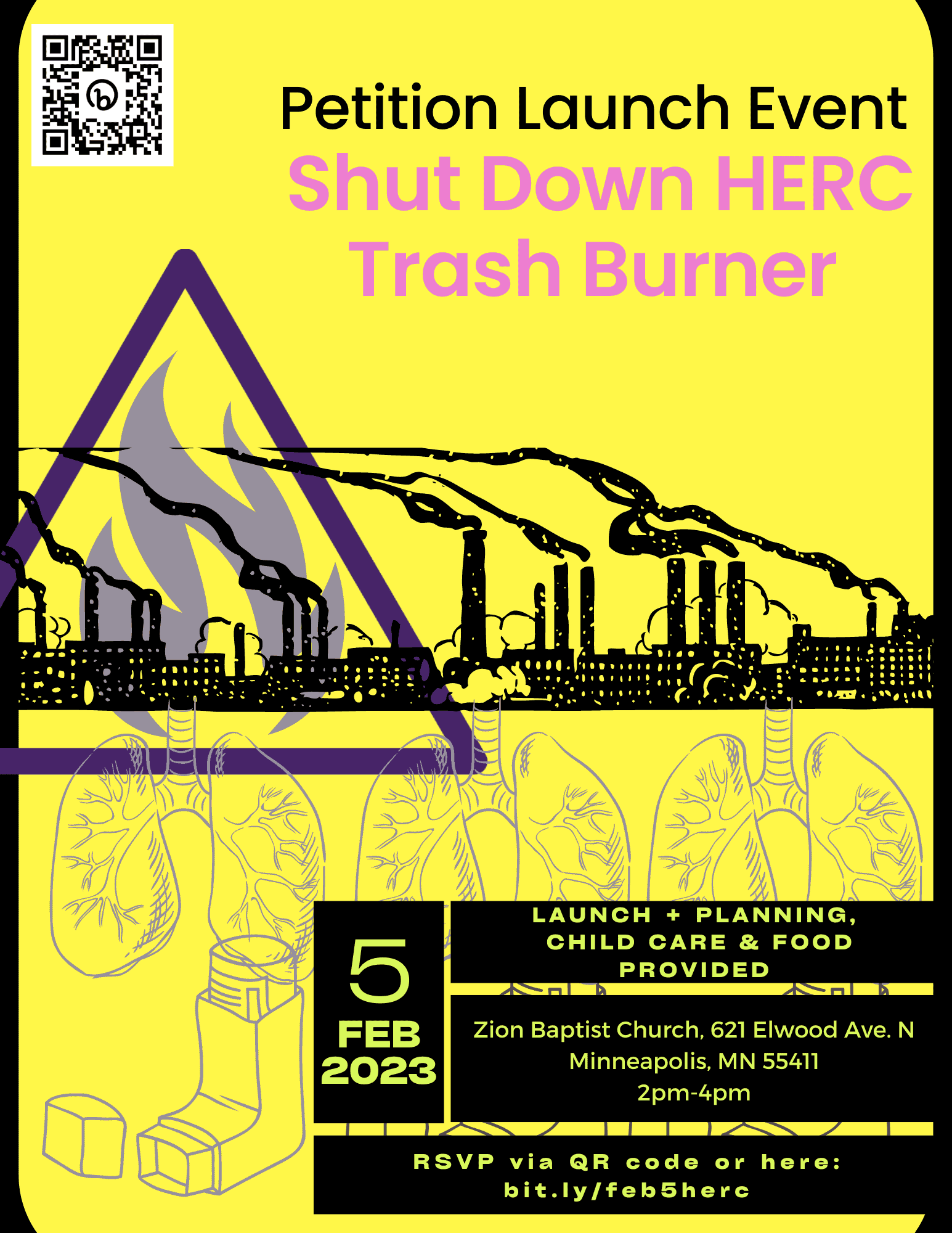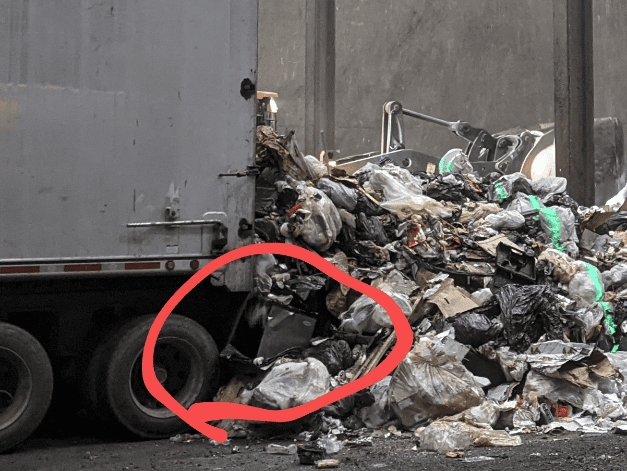
Who am I?
I am the Environment, Health and Safety (EHS) Coordinator at an electronic waste (e-waste) processing facility in the Twin Cities. I earned a Masters degree in Global Health, and completed research on occupational exposure to mercury in 2019 in partnership with the Ministry of Environment of Colombia.
Why is e-waste so important?
It’s a sad fact, in Minnesota we only capture 23.7% of our e-waste for recycling according to the MPCA. The majority of this waste stream is going into landfills, or worse, being burned. In the big picture, e-waste does not make up a large portion of our total municipal waste by weight, however electronics contain materials that are toxic to the environment, and human health, if not handled properly. It is also the fastest growing waste-stream in the world, making it a critical one to prioritize. Though there are many problematic elements in e-waste, I would like to focus particularly on heavy metals; namely mercury, lead, and cadmium.
What are heavy metals?
Remember Flint Michigan? I hope we all do. This environmental justice catastrophe was caused by lead contamination in the water supply. Heavy metals are a category of elements that have a density that is at least 5 times greater than water. Though toxicity differs based on dose (amount someone is exposed to) and the route of exposure (ex. inhalation, oral consumption, dermal) all heavy metals are toxic to humans. Some effects from exposure to heavy metals include: gastrointestinal and kidney dysfunction, nervous system disorders, skin lesions, vascular damage, immune system dysfunction, birth defects, and cancer (Fernandes Azevedo et al., 2012; Cobbina et al., 2015; Costa, 2019; Gazwi et al., 2020). For small children, even small exposures to heavy metals can cause neurological development issues, which have been observed by lower than expected IQ scores (Mazumdar et al., 2011).
What does this have to do with me?
Lead is the most prevalent heavy metal found in e-waste. There is approximately 2.8 million pounds of lead in the e-waste generated by Minnesotans each year*. Unfortunately the majority of e-waste is still going to landfill, or to incineration/waste-to energy centers. This means that heavy metals such as lead are being released into the environment. E-waste is burned, along with all the other solid waste in centers like the HERC (Hennepin County Energy Recovery Center) in North Minneapolis.
*based on preliminary results from an e-waste study conducted in partnership with Repowered, Iron Range Partnership for Sustainability, and Macalester College.
Do people know this is happening?
Though the staff at the HERC are aware that e-waste is getting into the incinerators, they have no data on how much. There is a filtration system in place at our HERC, however measurements of the release of heavy metals into the air is only measured on an annual basis. Yearly measurements are simply not enough data to reliably tell us how much we are polluting.

Sept. 8th 2022, from my visit at the Hennepin County Energy Recovery Center. The circled part of the image is a microwave coming off of a waste hauling truck, being dumped into the pit, where it will then be loaded into the incinerator. When I asked the staff if that microwave will be picked out and removed from the other waste I was told that it would not.
So what can we do about this?
Attend the meeting on February 5th! Happening 2-4pm at Zion Church in North Minneapolis. Child care and food will be provided.
Sending a simple email stating you’re concerned for the health of our neighbors in North Minneapolis is a powerful next step. You can look up who your County Commissioner is and their email address here: contact your Hennepin county commissioner.

Data that the HERC staff provided me when I asked about specific emission data. The highlighted items are pollutants that may be released from burning e-waste, and are only sampled once per year. In reality this data only tells us that they were able to take one sample per year that was below their MPCA permitted levels.
MARIA JENSEN (she/her)
Environment, Health and Safety Specialist at Repowered
Recent News & Articles

How Fair Chance Hiring Benefits Your Business

Earth Day at Repowered: 4 Ways We’re Making a Difference for the Planet

